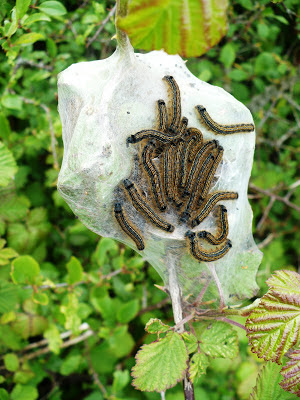More changeable weather. Noted what looked like ancient sun-cracking in the mud on the collapsed banks of the river Loughor. There was also lots of relatively large fungi on horse droppings. Thrift (Armeria maritima) was in bud there. I also noted a Green-veined white butterfly (Artogeia napi) feeding and a writhing mass of Lackey moth (Malacosoma neustria) larvae on a web. In Loughor, Herb Bennet (Geum urbanum) and Marsh willowherb (Epilobium palustre) were flowering.
This blog may help people explore some of the 'hidden' issues involved in certain media treatments of environmental and scientific issues. Using personal digital images, it's also intended to emphasise seasonal (and other) changes in natural history of the Swansea (South Wales) area. The material should help participants in field-based modules and people generally interested in the natural world. The views are wholly those of the author.
Subscribe to:
Post Comments (Atom)
-
I n the UK and US, a pparently popular and successful vegan/vegetarian restaurants are reportedly closing or adding meat to their menus ( ...
-
Early ripening fruit may seem convenient but some folk think it confirms environmental stress. There's also a possibility th...

+lateral+down+Loughor.JPG)






%20mating%20NWCW.jpg)


No comments:
Post a Comment